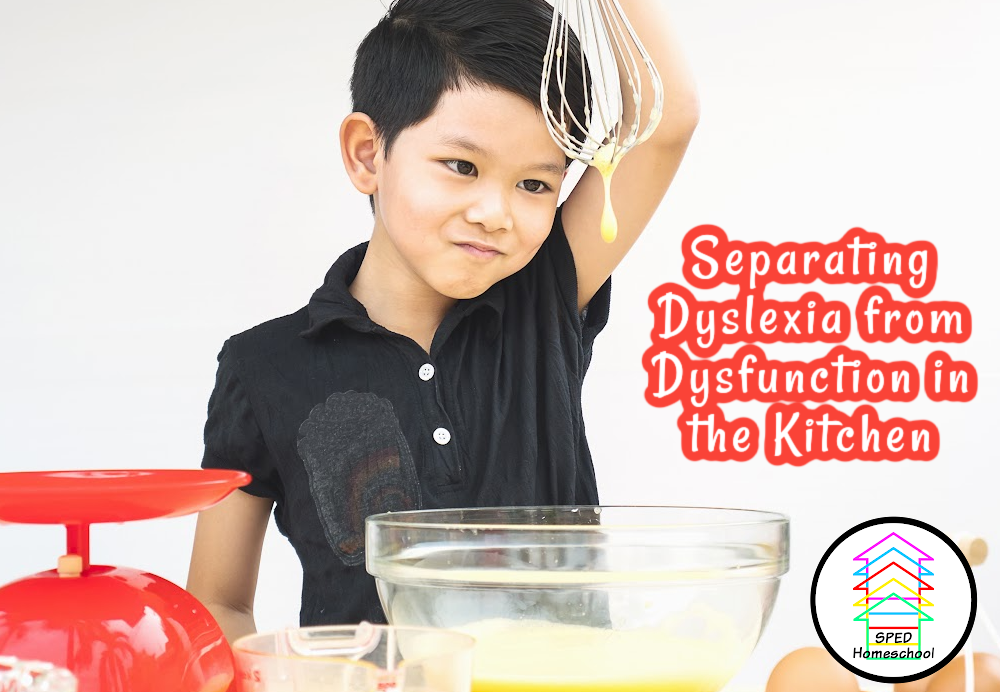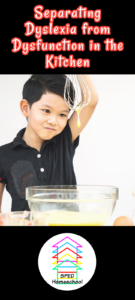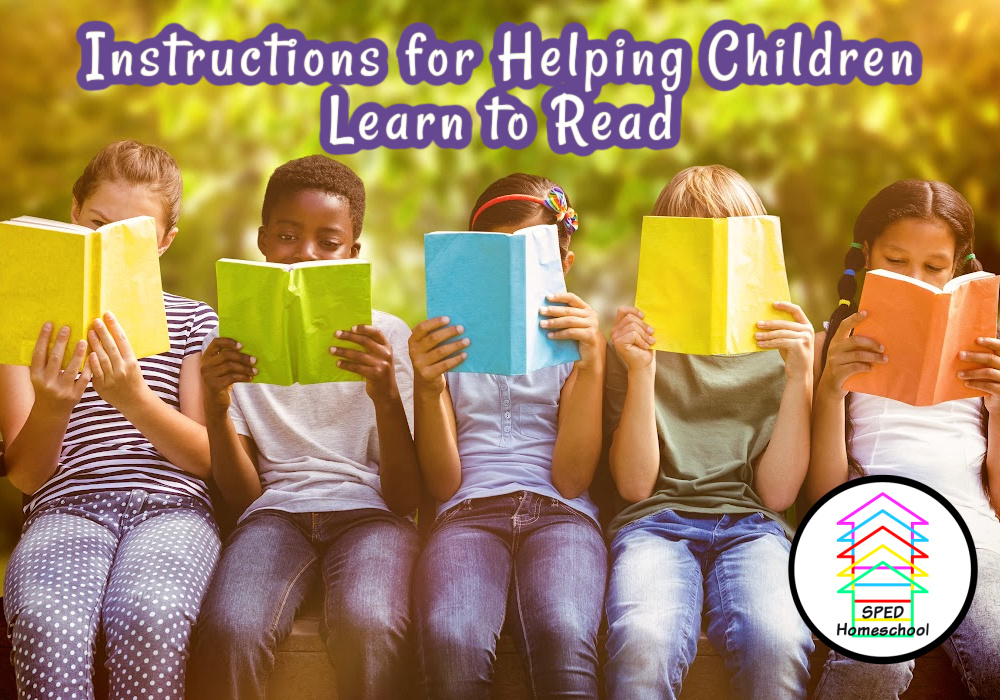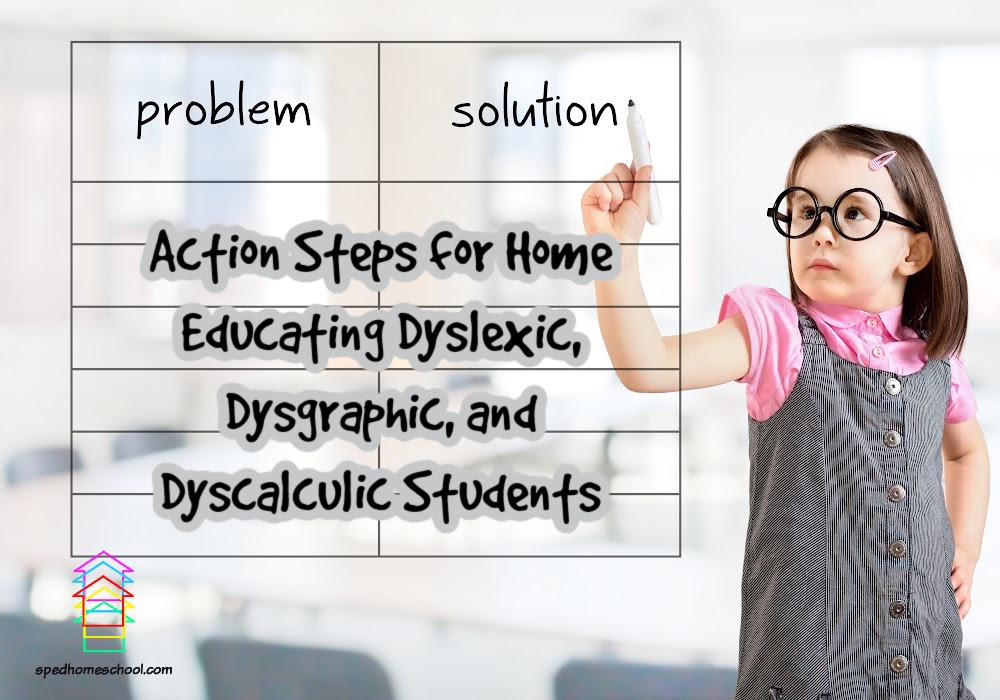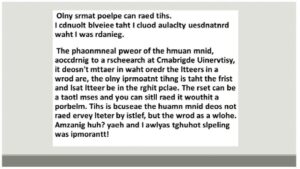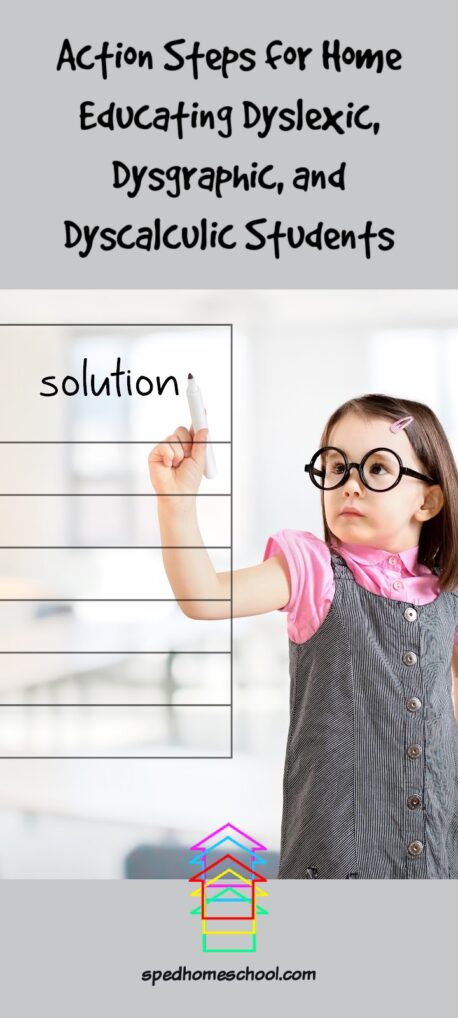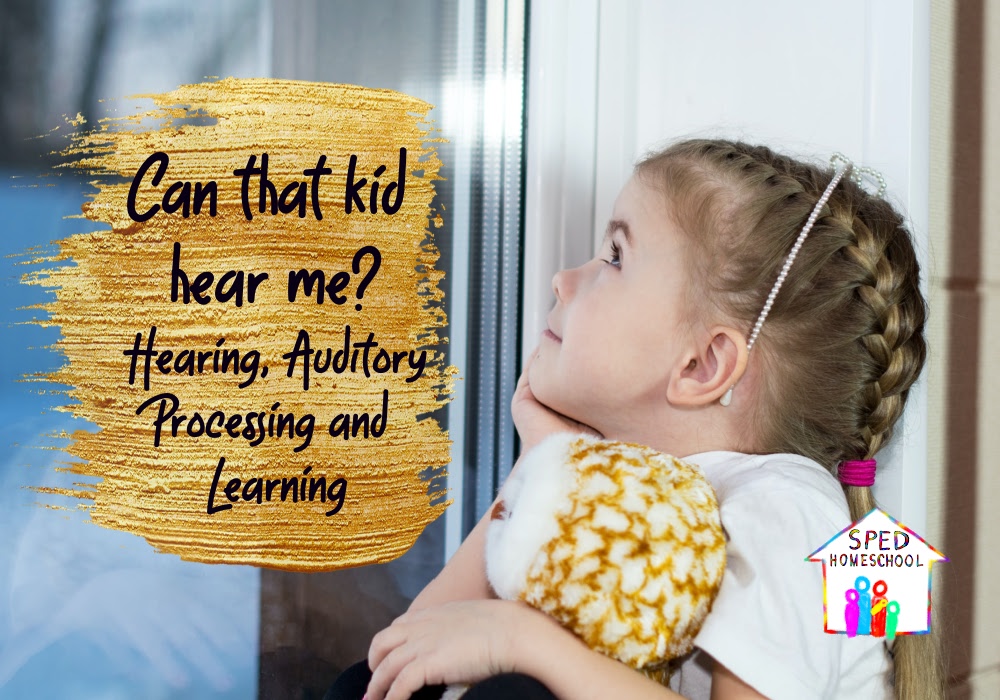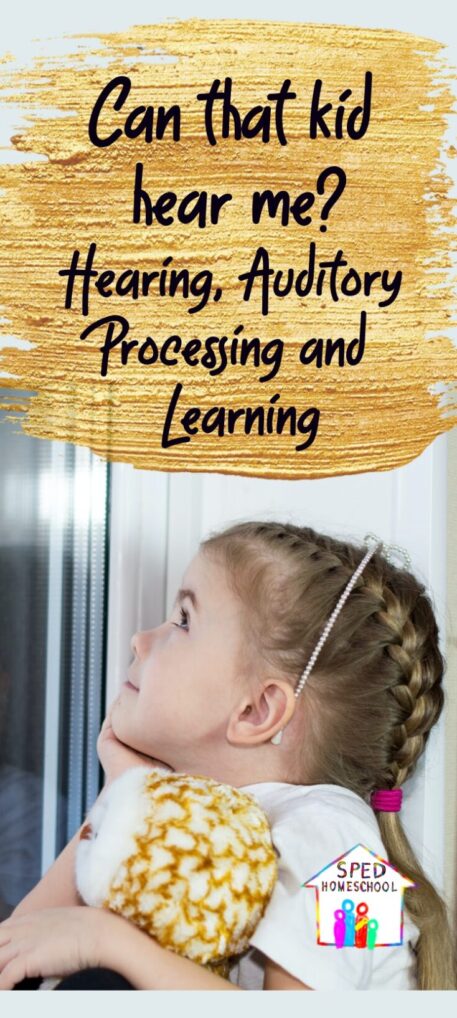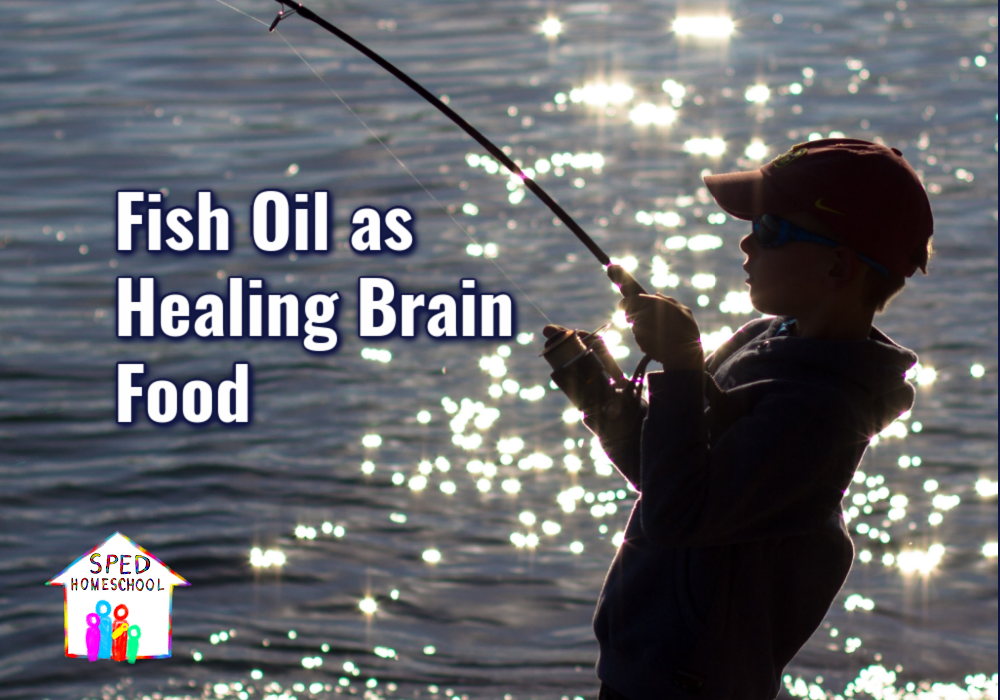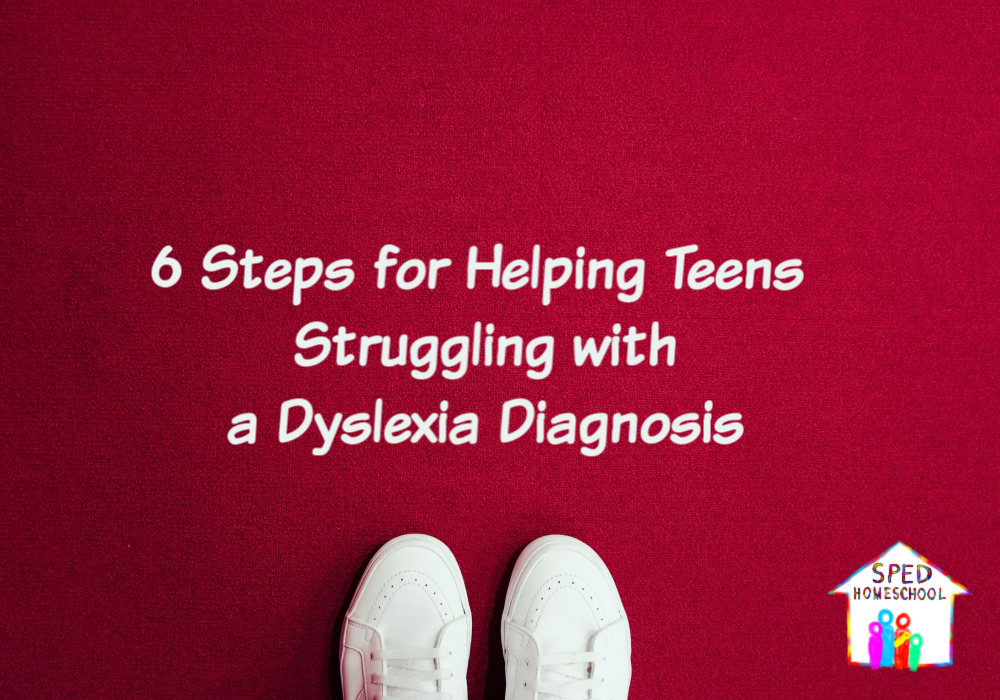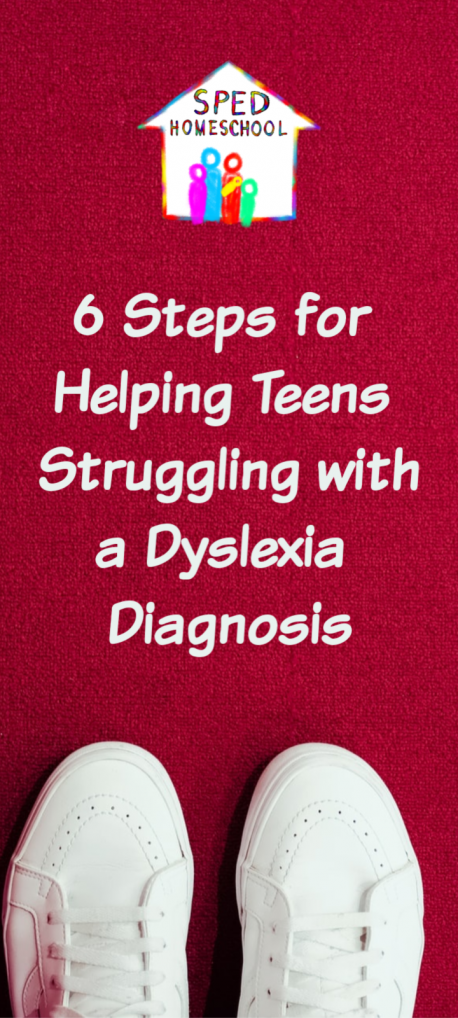Am I the only one who has thought this with one of my children? So many times I have thought, “Can that kid hear me?” Or, “Why doesn’t he just follow instructions?”
As an educator for over 18 years with experience in all grade levels from early childhood through college levels, you can imagine my dismay when I found myself homeschooling, not one, but two struggling learners. Two of my children have auditory processing disorders and one is hearing impaired. In addition to homeschooling, my latest endeavor is to help moms and educators across the globe get their little dyslexics and struggling learners thriving with easy tools and exercises that can be done at home for free.
When I would ask my then 4-year-old to put his shoes on, grab his coat, and come to me to help him tie and zip, he would get his coat, ball cap, and no shoes. I wondered if he was even hearing me. Then, I began to wonder if it was an obedience issue that needed to be addressed. After taking classes in dyslexia, brain balance, and spectrum disorders such as ADD, ADHD, Autism, and Auditory Processing, the dots began to connect. It was then that I realized my child had an auditory processing weakness.
Checking the boxes – Auditory Processing
I don’t know about you, but when I found a checklist, I had an ah-ha moment. Even though I had taken classes and had a dyslexic child, I did not know about the signs and symptoms to look for in that of an auditory processing weakness.
This is so important in academic, social, and behavior skills. Understanding and decoding language, verbal instructions, and commands as well as social cues are all related to auditory processing. I did not know what to look for or how to stimulate growth in this area, but now I do!
Listening skills and auditory processing are not about the ears’ ability to hear. Rather, they are about the brain’s ability to decode language, make sense of it, and then produce an appropriate response. That’s complex stuff!
What does auditory processing have to do with reading?
Well, auditory processing disorder is different from dyslexia, but reading is language-based and so is auditory processing.
Reading is language-based, dyslexia is a language-based learning disability, and auditory processing delays are weaknesses in the ability of the brain to filter and process sounds and words, especially in language.
This is why many children with dyslexia also have auditory processing issues and auditory processing delays can contribute to dyslexia at a young age.
You may be wondering what the difference is between hearing and actual auditory processing, so here are some facts. Several kids with dyslexia have had a hearing test because it was thought the child could not hear well.
Auditory processing is more than just hearing what is being said. Even though kids may have perfect hearing, there could still be an issue with auditory processing. Some research indicates dyslexic children struggle with both written and spoken language (sight and sound).
Many kids have some kind of auditory issue. Sometimes kids have hearing tests that come out normal but they do not seem to react to sound and a normal way. Then we have some kids who are under-sensitive to sound.
Many parents sometimes think their child cannot hear as an infant. Most are unaware that auditory processing is a difference in the right and left hemispheres, like most sensory detection and processing. It does need to be determined if it is a deficit in the right or the left.
It is simply not enough to say that the child has a hearing or auditory processing issue. The reason this is important is that the issues related to this disorder show up differently, and they need different approaches.
There is no sensory function that works by itself. Every single one of the senses is dependent on the other sensory functions, which depend on a baseline level of brain activity. Most will assume that if a child does not respond very well to sound that there must be something wrong with the ears, and usually this is not the case. The hearing pathway in the ears can be perfectly normal, and the brain could not respond to the sound because brain activity is weak. Now, if brain activity is not igniting at the right speed it just cannot keep up with the input of sound.
Auditory processing can inhibit reading. Some kids have even been diagnosed with dyslexia when it is an auditory processing disorder. This information is going to help you either way. You might want to add an audiologist to your child’s team to make sure they hear properly.
Parents and teachers often ask me what should be expected at certain ages just as a baseline of guidance.
Milestones based on age: (It is important to note this is just for a baseline.)
- 2-4 years old should be able to do 2-3 step commands
- 5-6 years old should be able to do 3-4 step commands
- 7 years-adult should be able to do 7 step commands
You can do a few simple tests to see if your child has decreased hearing, but before you do these tests, check to make sure the child does not have an ear infection or fluid in the ears at the time you conduct the test. Be sure to go to your physician to have the ears checked before testing.
Auditory processing disorder could be to blame for affecting your child’s inability to hear all of the sounds in words and in our language not to mention being able to connect meaning to words.
Sound or auditory discrimination is the ability to distinguish between similar sounds. Weakness in sound or auditory discrimination might be caused by physical hearing issues or by a weakness in sound perception or any combination of these variables. Sound or auditory discrimination difficulties could affect phonological awareness as well as the processing of verbal or auditory information. All of this was news to me even as a doctor of education and being active in the field for over eighteen years. You see, language strength is crucial for children to develop proper auditory processing skills. I like to go over the various milestones with parents to help determine the possible underlying issues such as the unintegrated ATNR (primitive reflex).
So, let’s discuss the difference between actually “hearing” and that of “auditory processing” for just a moment. Typically kids with dyslexia are encouraged to have a hearing test because parents and educators believed there was a hearing issue.
At birth, typical auditory development signals the baby is familiar with parents’ sounds, and become startled at strange sounds, but cannot yet distinguish where sounds are coming from due to the fact the brain has not formed a visual memory to the sound yet. You may have noticed your child preferring the sound of a humidifier or a fan, but do not know where the sound is coming from. However at about 4-6 months, the baby becomes more aware as to where sound is. Children this age know a rattle makes one sound while a big brother or sister makes a different sound. You may notice the child looking at you differently and trying intently to understand what you are saying.
Remember the ATNR reflex? Well, between 6-12 months of age, the baby will begin to crawl, and this is very important. The baby will crawl towards a sound and even the call of his or her name, and make connections with sounds and movement. Peek-a-boo is a favorite and it is understood objects have names like mamma and daddy, meow, baba, do-do, and will try to imitate those sounds.
This reflex was active at birth. It connected shoulder movement to neck movement and helped the child descend in the birth canal. The ATNR reflex should be integrated by 6-12 months of age. If it is not, it will affect free crawling. This can become an issue because of its impact on auditory processing. Some kiddos will army crawl, or use one side more than the other if they still have the ATNR reflex present. I advise parents to be sure to ask your pediatrician if this reflex is integrated at your well-baby visit.
If the ATNR is not integrated, it can interfere with proper development. Why? As the baby crawls, he will move his head back and forth trying to take in sounds from places in the room, and this will assist in auditory development in each ear. The baby will learn to understand sounds, away, above, around, to, from, near, and far. The baby will crawl toward the sound and understand the noise becomes more intense while crawling away from, the sound fades.
Pronouns are learned around the age of two, and kids will begin to combine two-word phrases, such as “mama go” and “baba drink.”
By the time a child is about three years of age, the child will be able to find hidden objects, comprehend simple commands, recognize questions, love songs, and rhymes, and develop comprehension of two-step commands.
By 4-5 years old, 200-400 words will be in the child’s vocabulary bank. Understanding special concepts such as, it’s behind the door, or in the bottom of the drawer or it is on top of the shelf. This is the age where children should be able to understand a three-part command, like, go get your coat, put it on, and come to me and I will zip it for you. If the child can only do one part of the command, you might think the child is not obeying, but these kids really may forget because of the processing delay. These kids have a hard time storing and recalling the steps properly and also might stare off into space. They sometimes get diagnosed with an attention deficit disorder when it is just an auditory processing issue.
I often wondered why our son would mix up parts of a word, and I thought he needed some speech therapy, but I soon realized he struggled with auditory ordering and sequencing like many children who are misdiagnosed with a speech articulation issue. Children with a weakened sequencing ability will recall and store information out of order, like syllables, and might say (bullfallow instead of buffalo, or aminal instead of animal) and they get their numbers out of order so they might say 36 instead of 63. Steps of instructions might be remembered but done out of sequence. These kids may struggle with speech, reading, and math.
He was not able to integrate auditory input and had difficulty understanding words as a whole. At this point, I knew he had dyslexia, but this was when I realized the WHY. The right side of his brain was not communicating with the left to understand the language. Continuing to struggle to understand the meaning of words when sounded aloud was a daily battle until we started auditory brain exercises. Our son always needed to see an example of what he was supposed to do and never wanted to try anything first because he did not understand the instructions. He would just wait and see what others were doing before giving it a try. These sweet kids are good at catching on quickly.
You may find your child struggles with social situations, has poor spelling, poor grammar, and poor reading skills. Most likely this is due to decoding issues which, again is related to auditory processing delays. Differences in similar sounds are not heard like pig vs. big
Perhaps your child is withdrawn from school or social gatherings because of noises. Most likely this is due to auditory figure-ground discrimination. This is because there is a deficit in the ability to separate sounds.
Speech articulation may be a struggle for your child, and if this is so the case, the most likely contributor is that of an auditory output or organization deficit. Children will say words out of order and confuse similar sounds where they are often mistaken to have a speech delay when articulation is the skill required for speech, but the organization output could be contributing to the speech issue.
Maybe your child can hear sounds and order just fine but struggles to connect it to meaning. If so, this could be due to an auditory associative deficit. Parents can oftentimes become frustrated with these kids because they were able to repeat instructions verbatim, however, not be able to carry out the task at hand because meaning was not made.
Does your child speak in a monotone voice or have difficulty with rhythm and tones in voices? Chances are the child has an auditory prosodic deficit which prevents kids from being able to hear modulation and tones so they are not able to cipher differences in sound and inflection in speech. These kids will struggle in social situations due to the fact they cannot cipher the differences in sounds of voices and can mistake when someone is teasing or being funny versus being mad or frustrated. It’s important to steer clear of sarcasm with these little ones.
You may be surprised to learn short-term memory can also contribute to our auditory delayed learners. Since short-term memory is used to store and recall information, sounds and words, a weakness in this area can cause the language processing part of the brain and memory not to communicate effectively, which will then contribute to reading struggles and difficulty remembering steps. Remember a word learned today will have to be retaught again tomorrow.
Emotions run high in our auditory delayed learners. Since sound triggers different emotional responses, hearing different stimuli can be a strong trigger.
You will want to get an audiologist on your child’s team if you suspect auditory delays.
These are listening and response exercises to help stimulate growth in these areas we’ve just discussed. Together, with my colleague, we created these beautiful effective cards for our struggling learners. Kids enjoy these games.
The auditory processing cards are meant to be a fun way to help your child stimulate and increase brain processing. These cards and activities will aid the child in:
- Associative Deficit
- Prosodic Deficit
- Sequencing (you may use along with the Brain Balance cards SEQUENCING portion for this activity). When giving more than one clue at a time and asking the child to mark off the images in the same order as they have been called out orally will assist with sequencing.
Processing disorders, like auditory processing disorder, visual processing disorder, and sensory processing disorder are caused by a deficiency in a person’s ability to effectively use the information gathered by the senses.
If you have a child or a student who you believe has auditory processing issues, you need to consider the issue may not be the result of impaired hearing, impaired vision, attention disorders, intellectual disability, or learning deficit. It is simply this; if the brain cannot properly process the auditory, visual, and sensory information it receives, a child’s ability to learn and thrive in an academic setting is affected, often leading to low self-esteem and social withdrawal. While processing disorders are not featured in the DSM-IV as stand-alone disorders, they are widely recognized as co-morbid issues for children with developmental delays.
So, what does all of this matter? Well, auditory processing disorder could be affecting a child’s ability to hear all of the sounds in words, in our language, and be able to connect meaning to words.
The best part is you can do so many strengthening exercises right in your own home without spending hundreds of dollars on fancy centers and special equipment. It just takes a little know-how, time, and consistency. You can do it!
After I began to do all of these really fun and as my sons would say, “kinda crazy” exercises, it was like a flip of a switch in that the light turned on. Just the other day, our 10-year-old had three step instructions for a language lesson. He was supposed to draw a line between the subject and predicate, underline the simple subject once and the verb twice. He was thrilled when he said, “Look, Mom, I numbered the steps of what I was supposed to do without you helping me.” Here’s to YOUR Success!
Be Blessed,
Dr. Rebecka
Cherish Children Ministries
